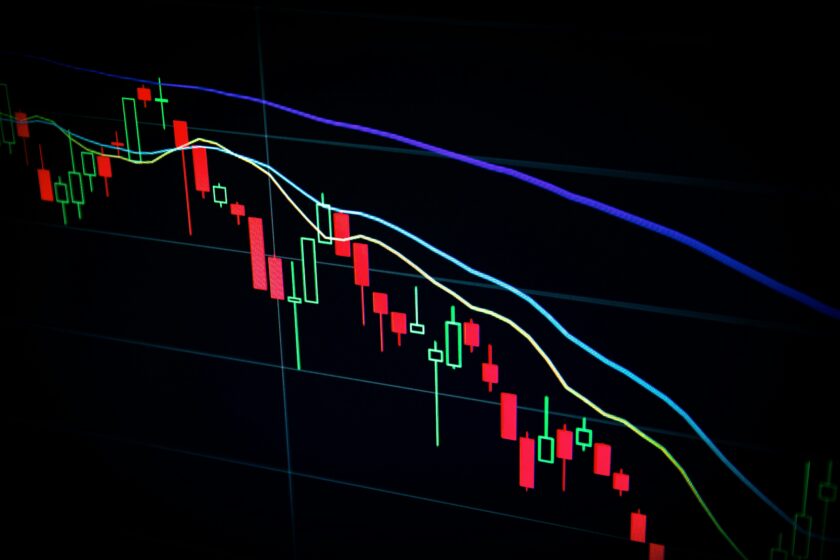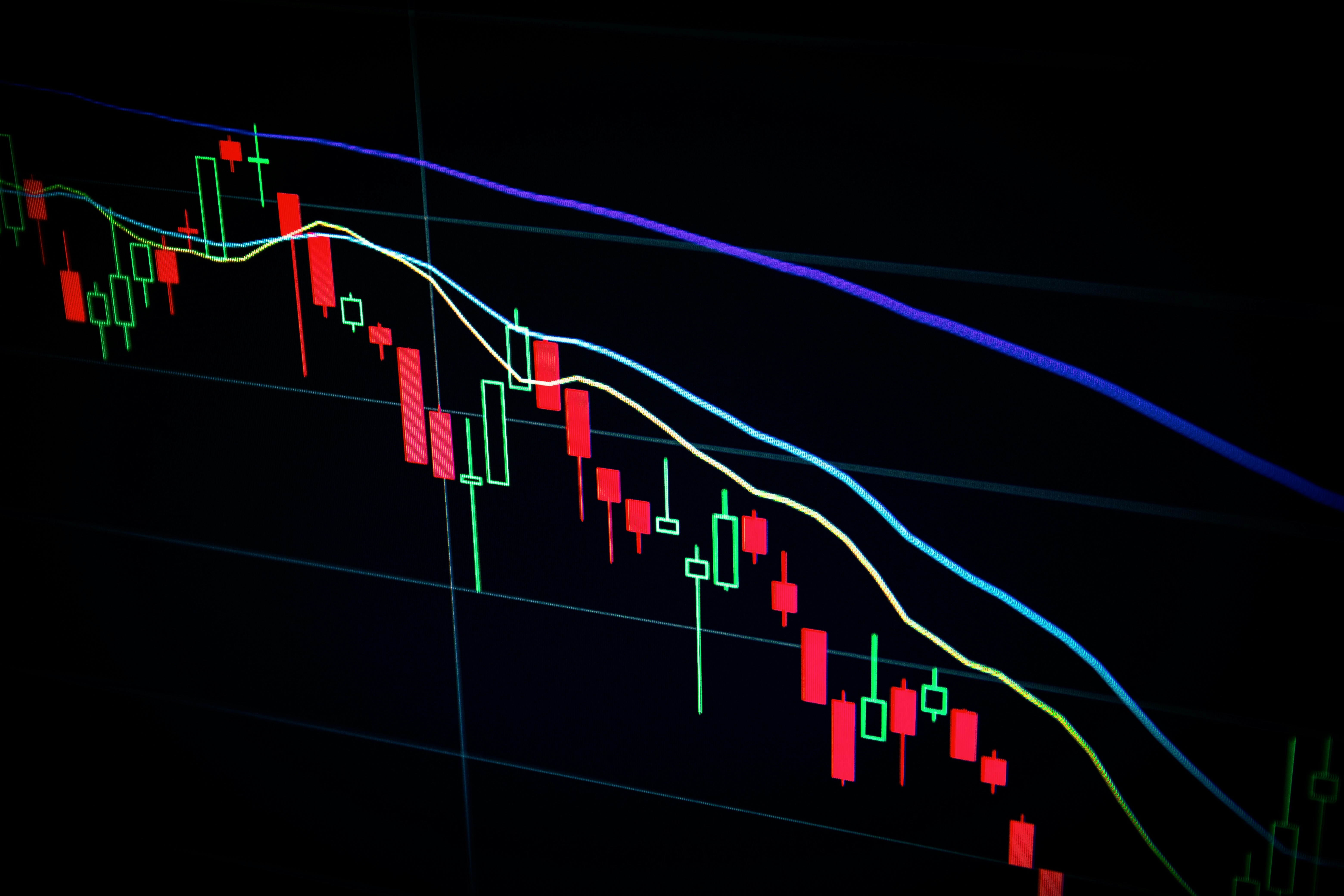Why Are Trading Companies Investing In Proprietary Algorithms?

Consider the market’s pulse: rapid fluctuations, data overload, and the relentless pursuit of alpha. In this environment, where a fraction of a second can mean the difference between profit and loss, algorithmic trading dominates. Over 70% of US equity trades are now driven by these systems. But generic solutions fall short.

The focus is on proprietary algorithms—bespoke, in-house developed code. Trading firms invest heavily in these unique tools to achieve a crucial advantage. They are essential for navigating market volatility, managing risk, and optimizing complex strategies. Owning and controlling these algorithms is now fundamental to thriving in the contemporary financial arena.
The Competitive Landscape & Market Dynamics
The trading landscape has undergone a seismic shift, demanding sophisticated tools to navigate its evolving dynamics. This section delves into the key factors driving the need for proprietary algorithms.
Increased Market Volatility
The proliferation of High-Frequency Trading (HFT) has amplified market volatility. The VIX, a measure of implied volatility, often spikes unpredictably, reflecting rapid price swings. Proprietary algorithms, with their ability to react in milliseconds, are crucial for capturing fleeting opportunities and mitigating risks associated with sudden market shifts.
The Need for Speed and Precision
In modern trading, execution speed is paramount. Manual trading and off-the-shelf solutions are often too slow, resulting in missed opportunities and increased slippage. Latency, measured in microseconds, can be the difference between profit and loss. Proprietary algorithms, optimized for speed, minimize latency and ensure precise execution.
Regulatory Changes and Compliance
Regulations like MiFID II and Dodd-Frank have imposed stringent requirements on trading practices. Custom algorithms can be designed to automate compliance checks, ensuring adherence to regulatory mandates. For example, algorithms can be programmed to enforce best execution requirements or monitor transaction reporting obligations.
Data Overload
The exponential growth of market data, including alternative data and social media sentiment, presents a significant challenge. Proprietary algorithms are essential for filtering and analyzing this vast amount of information, extracting valuable insights, and identifying trading signals.
Core Benefits Of Proprietary Algorithms
Beyond the necessity driven by market dynamics, proprietary algorithms offer distinct advantages that directly translate to enhanced trading performance. This section explores the core benefits that justify the significant investment in their development.
Customization and Optimization
Unlike generic algorithms, proprietary systems can be meticulously tailored to specific trading strategies and risk profiles. For instance, parameters like order execution speed, risk tolerance, and data weighting can be finely tuned. Optimization techniques, such as genetic algorithms, further refine these parameters to maximize performance in real-time market conditions.
Risk Management
Proprietary algorithms excel at real-time risk management. They can automatically execute stop-loss orders, dynamically adjust portfolio diversification, and conduct stress testing based on predefined risk models like Value at Risk (VaR) or Expected Shortfall (ES). This level of granular control protects capital and minimizes exposure to unforeseen market events.
Alpha Generation
Algorithms can identify and exploit subtle market inefficiencies imperceptible to human traders. Statistical arbitrage, trend following, and mean reversion strategies are prime examples. These algorithms can uncover patterns and generate alpha by processing vast datasets, consistently outperforming benchmark indices.
Intellectual Property and Competitive Advantage
Proprietary algorithms are valuable intellectual property. Protecting them through patents or trade secrets creates a sustainable competitive advantage. This unique asset allows firms to differentiate themselves, maintain market leadership, and secure long-term profitability by using a unique and hard-to-replicate trading methodology.
The Role Of Advanced Technologies
The evolution of algorithmic trading is inextricably linked to advancements in technology. This section explores how cutting-edge tools are shaping the future of automated trading.
Machine Learning and AI
Machine learning and AI are transforming algorithmic trading. Neural networks, for example, can analyze vast datasets to identify complex patterns and predict market movements with increasing accuracy. Reinforcement learning enables algorithms to learn from past experiences and optimize their trading strategies in real time.
High-Performance Computing
Algorithmic trading relies on high-performance computing to process data and execute trades at lightning speed. Powerful hardware, such as GPUs and FPGAs, enables faster processing, while optimized software minimizes latency. These technologies are essential for maintaining a competitive edge in high-frequency trading.
Algorithmic Trading and Crypto Markets
Cryptocurrency markets’ 24/7 nature and extreme volatility make them prime candidates for algorithmic trading. Crypto trading bots are becoming increasingly prevalent, using AI to navigate these dynamic conditions. Startups like Zoncerax App are developing sophisticated algorithmic trading bots that use machine learning to monitor and react to the volatile cryptocurrency market.
The challenges in the crypto space include regulatory uncertainty and market manipulation, but the opportunities for algorithmic trading are immense. As the computational power increases and the algorithms become more sophisticated, the possibility of using the Zoncerax App to analyze vast amounts of market information becomes more of a reality.
The Challenges Of Implementing Proprietary Algorithms
The pursuit of algorithmic trading excellence is not without its hurdles. Let’s discuss the critical challenges and considerations that trading firms must address when developing and deploying proprietary algorithms.
Development Costs and Time
Building and maintaining proprietary algorithms demands significant investment. Skilled developers, data scientists, and quantitative analysts are essential; their expertise comes at a premium. The development lifecycle can be lengthy, requiring continuous refinement and adaptation to evolving market conditions.
Backtesting and Validation
Rigorous backtesting is crucial for evaluating algorithm performance, but it’s not foolproof. Limitations exist, as historical data may not accurately predict future market behavior. Using live data, forward testing is essential for validating backtesting results and ensuring real-world effectiveness.
Ethical Considerations
Algorithmic trading raises ethical concerns regarding market stability and fairness. The potential for flash crashes and market manipulation necessitates responsible and transparent algorithm development. Implementing safeguards and adhering to ethical guidelines are paramount to maintaining market integrity.
Security Risks
Proprietary algorithms are vulnerable to cybersecurity threats. Data breaches and unauthorized access can compromise sensitive trading strategies and intellectual property. Robust data protection measures and secure infrastructure are vital to mitigating these risks. Regular security audits and penetration testing are essential for identifying and addressing vulnerabilities.
Summing Up
The trajectory of algorithmic trading points toward increasing sophistication, driven by advancements in AI, machine learning, and quantum computing. As technology evolves, so will the complexity and capabilities of trading algorithms. In this dynamic environment, proprietary algorithms are no longer a luxury but a necessity.
Trading companies that invest in developing and refining these bespoke tools will be best positioned to navigate market volatility, capitalize on emerging opportunities, and ultimately thrive in the increasingly competitive financial sector.
Spotted something? Got a story? Email: [email protected]
Latest News
